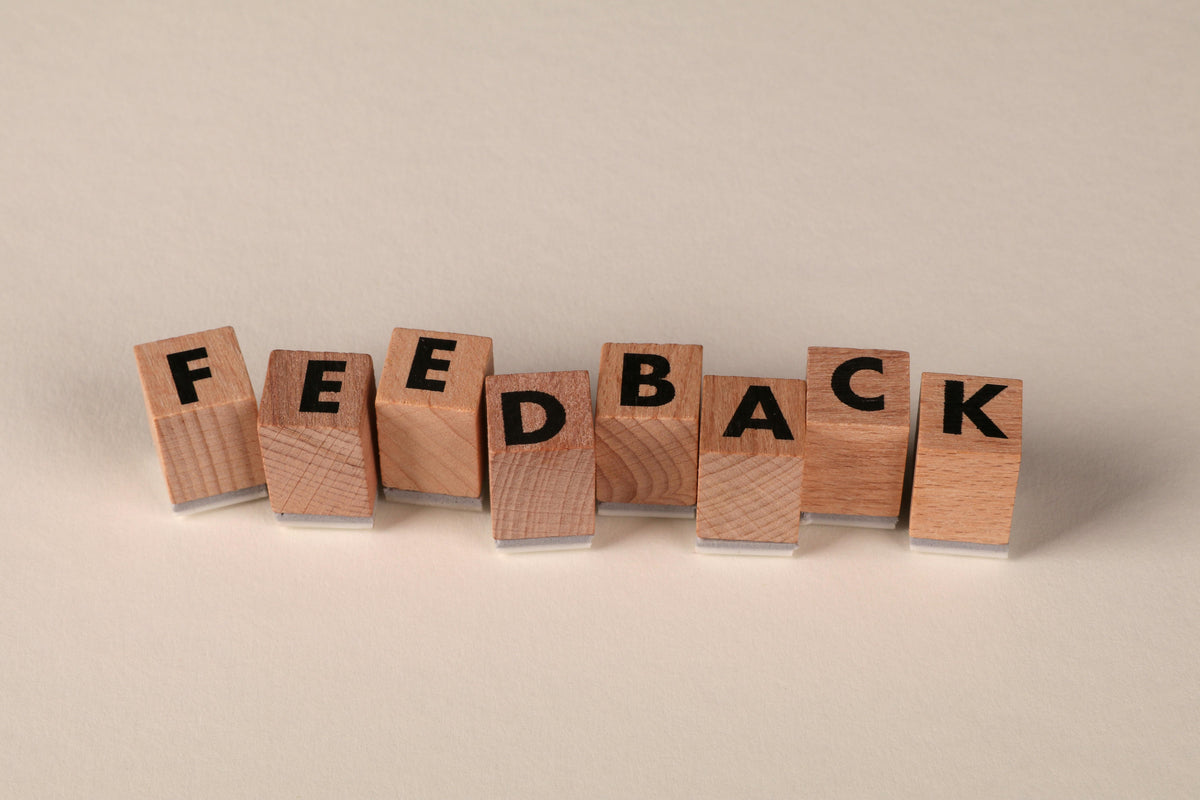
Fears, Failures, and What We Got Wrong About Feedback

“True words are not agreeable; agreeable words are not true.”
— Tao Te Ching, Chapter 81
Feedback. The word alone carries weight. It arrives cloaked in corporate rituals, wrapped in performance reviews, sprinkled through daily standups, and yet, more often than not, it feels like a minefield. A well-intentioned comment turns into a defensive shutdown. A moment meant to spark growth dims morale. Why?
We’ve misunderstood the mechanics and misdiagnosed the failures of feedback.
To adapt, we must rewire our understanding of it.
⚡ Feedback Isn’t One Thing - It’s Four Beasts in a Trench Coat
Before we critique feedback, we must break it down. Because feedback isn’t a single tool, it’s a toolkit. Mixed up, it misfires. Properly wielded, it becomes a compass for evolution.
-
Positive Feedback: Recognition and encouragement—essential fuel for confidence and motivation.
-
Negative-Corrective Feedback: Specific, actionable, like a GPS saying “recalculate.”
-
Negative-Developmental Feedback: Forward-looking, stretching someone beyond current limits.
-
Negative-Evaluative Feedback: Vague, often judgmental—this is the one with teeth, the one that backfires most.
Meta-analyses confirm the ambiguity: Feedback can have a positive effect on performance (Cohen’s d ≈ 0.41), but in 1 out of 3 cases, it actually harms performance. That’s not a bug. It’s a feature of how humans respond to uncertainty, hierarchy, and perceived threat.
So what’s missing?
🔍 The Five Dimensions We Forgot to Measure
Feedback exists not just in words, but in space: psychological, relational, temporal. Its impact depends on five often-ignored dimensions:
1. Pull vs. Push: Who Initiates the Dance?
When feedback is invited (Pulled), it engages curiosity and readiness.
When it’s imposed (Pushed), it triggers ego, fear, and the ghost of past humiliations.
🎓 Studies by Ashford & Cummings and Gong et al. show that feedback seekers adapt faster, learn more, and stay more engaged.
2. The Ratio: Praise Isn’t Fluff. It’s Function
The Losada ratio (3–5 positive interactions per negative) isn’t just for teams, it’s physics for emotional systems. Positive feedback is energy. Negative feedback is direction. Without balance, one burns out the other.
Think of it like an ecosystem: too much sun, and plants wither; too little, and they starve.
3. The media is the message, the messenger IS the feedback: Trust = Receptivity
Feedback is only as powerful as the trust in the giver. If the source lacks credibility, perceived fairness, or goodwill, the message decays into noise, or worse, threat.
Kluger & DeNisi (1996) showed that the effectiveness of feedback depends more on who gives it than what is said.
4. Cadence trumps choreography: Stop Saving Feedback for the “Big Talk”
Humans learn through frequency, not intensity. Steady, small signals matter more than thunderous once-a-year appraisals. Weekly nudges build habits. Annual reviews build resentment.
5. Flattering is a form of manipulation. Choose the rougher path.
“You’re amazing” is nice, but it doesn't teach. “Your insight helped the team unlock a new approach” is specific, empowering, and resilience-building.
🧠 Neuroscience shows that identity-based praise builds fragility, while impact-based praise cultivates durability.
🔁 The New Feedback Loop: A Map for Transformation
To redesign feedback into fuel, we need five actions:
|
Principle |
Why It Works |
What to Do |
|
Ask First |
Increases openness and learning |
Encourage feedback-seeking as a norm |
|
Balance Ratio |
Prevents defensiveness |
Maintain a 3:1 to 5:1 positive:negative ratio |
|
Vet the Source |
Builds trust and credibility |
Train feedback-givers in fairness and empathy |
|
Keep It Rhythmic |
Turns change into habit |
Weekly micro-feedback > annual megaphones |
|
Praise the Impact |
Cultivates resilience |
Focus on behavior’s outcomes, not identity |
🧩 What We Got Wrong About Feedback
We treated feedback like an arrow, something shot at people.
But feedback is better understood as a mirror, a little bit of Freud, Jung, or Klein, held up, invited, reflected, and integrated.
Or better yet, as a tuning fork, a vibration we offer one another to help us resonate more clearly with purpose, growth, and collective rhythm.
🧠 Final Thought: Feedback Is Not a Fix. It's a Frequency.
If you're still trying to "fix" people with feedback, you're not listening to the signal.
Feedback, like music, works best when it resonates. And resonance requires:
-
Trust
-
Rhythm
-
Curiosity
-
And a willingness to dance, not dictate.
“The greatest transformations don’t start with perfection, they start with movement.”
— Adaptability Second Law
Let feedback be that first ripple of movement, towards not just better work, but better ways of working together.


